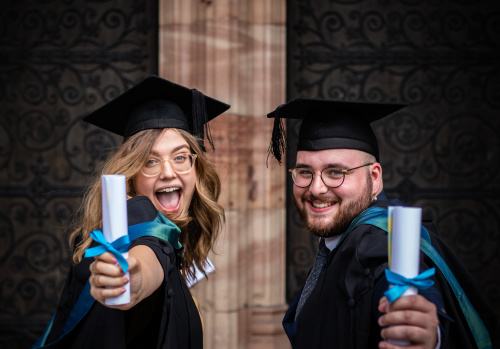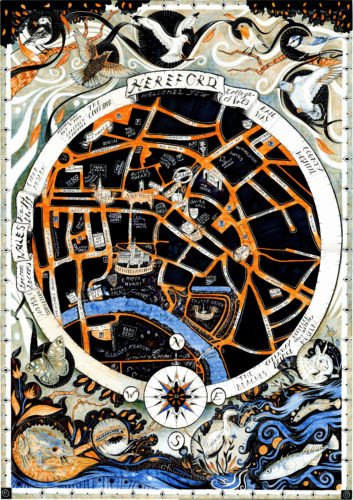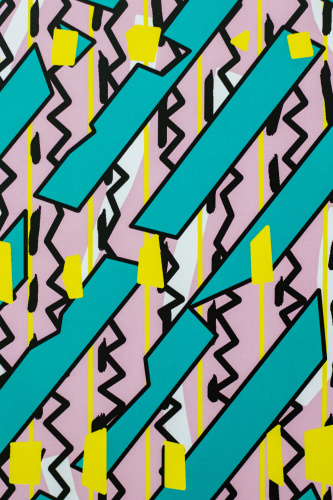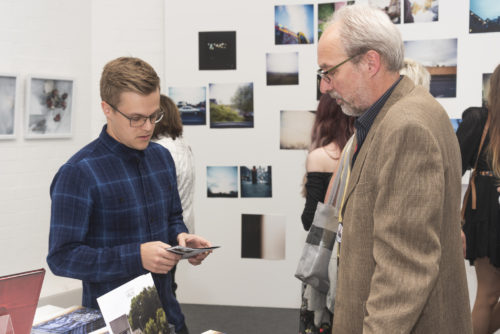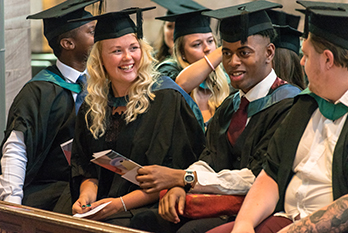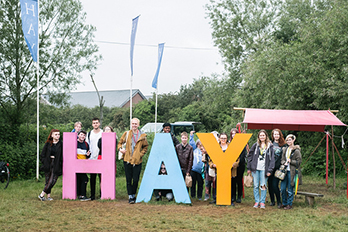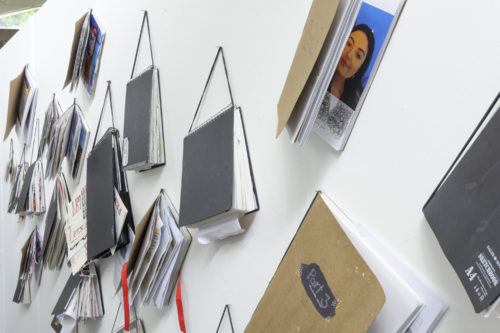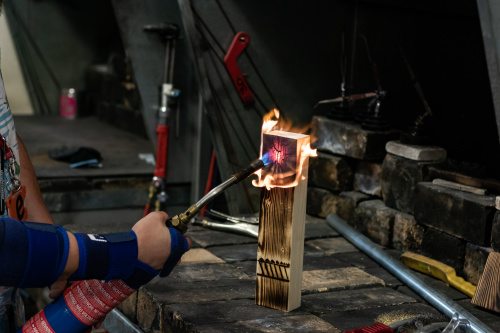GLAD Conference: Creative Pedagogies across disciplines
Published on 27.02.16
On Friday, I was lucky enough to attend the 2016 GLAD conference. GLAD is the Group for Learning in Art and Design, and this year’s conference theme was ‘Creative Pedagogies across disciplines’. The conference opened with Dr Claire Macdonald, who discussed the edgy, creative, spaces that open up when disciplines cross-pollinate, and how a conversational
Categories
On Friday, I was lucky enough to attend the 2016 GLAD conference. GLAD is the Group for Learning in Art and Design, and this year’s conference theme was ‘Creative Pedagogies across disciplines’.
The conference opened with Dr Claire Macdonald, who discussed the edgy, creative, spaces that open up when disciplines cross-pollinate, and how a conversational model of collaboration between disciplines can create meaning.
She stressed the importance of creating a less formal, nonjudgmental space where ideas can flourish. Her presentation also considered the relationship between ideas, what they communicate, and how creative ideas can be realised through our kinesthetic connections with objects as well as through creating informal – safe but edgy – spaces that juxtapose different ideas from different disciplines.
Next, Marty Maxwell Lane and Rebecca Tegtmeyer discussed how collaborative practice between design educators can be fostered. One conclusion I found particularly interesting is that collaboration often works best with small, low-stakes projects which enable risk-taking. They also have put out a call for submissions to their online journal, www.collabdesigned.com.
Further workshops explored how we need to give students thinking skills as well as teaching them practical skills to prepare them for a knowledge-based economy. Professor Nicholas Crea has combined ideas from design education and from psychology to develop a set of ‘creative skills’ that we might find useful when devising values or cross-disciplinary curriculum modules.
As the afternoon sessions began, my own preconceptions were challenged by Dr Angela Partington, who argued that we may have become complacent within the arts sector in considering our current practice as educators ‘innovative’ and ‘creative’. But are we? Or are we simply re-enforcing a (20 model of what should be valued within an arts ‘culture’ (which backs up our own cultural convictions) rather than letting ourselves innovate within a (21 context?
This was backed up by another insight I had during the day. I am used to seeing – and internally framing – HCA as a place where most of our students are ‘local’, but, in actuality, we also have many international students and students who travel long distances travelling with us. Perhaps my preconception is just built from a ‘myth’ we’ve built up internally within the college culture?

Finally, we had the delights of using lego as a taster to Alison James’ session on how we can use our kinesthetic senses to explore problems through ‘serious play’. My own lego creation is reproduced above, and these workshop techniques might be an excellent addition to any session that wished to support reflective thought.
To conclude, perhaps we could apply ideas from the conference in the following ways:
- create some edgy, less formal learning spaces that juxtapose different ideas, different disciplines, and stimulate creative thought (more on this in a later post)
- apply some of the practical suggestions – lego workshop, anyone?
- reflect on our own cultural preconceptions as educators in the arts and question ourselves – Do we really innovate? Are we ‘creative’, or do we simply rely on a definition of ‘creativity’ that belongs to a previous age?
My notes are here: GLAD2016 for anyone who wishes to explore my insights from Friday further – although they are not always decipherable. Please come and talk to me about the day’s insights if you would like more information.
